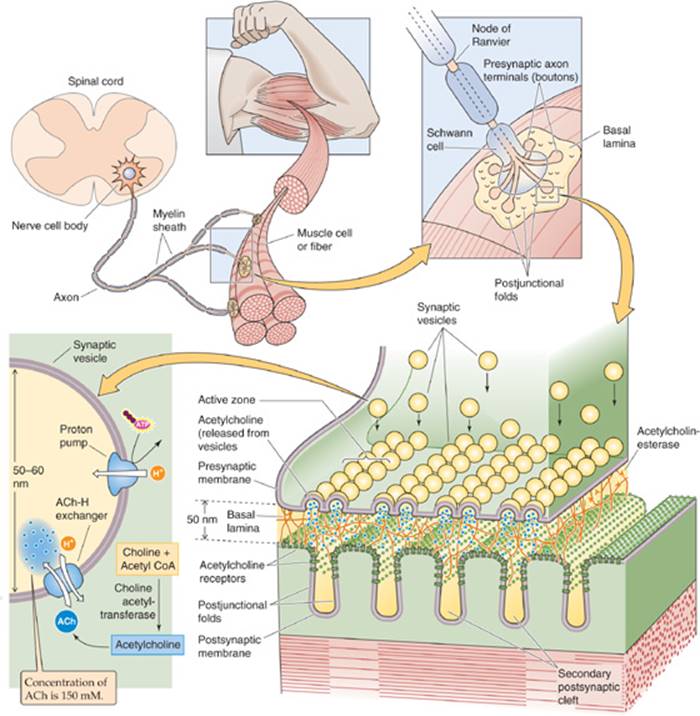

Demonstrate an understanding of the role of the kidneys in blood pressure and ion homeostasis ġ2. Demonstrate a generalised understanding of body-fluid balance via its primary inputs (fluid intake) and outputs (water losses) ġ1. Demonstrate an understanding of the neural processes involved in respiratory physiology ġ0. Explain the processes involved in the control of pulmonary blood flow ĩ.

Identify and describe the central and peripheral cardiovascular responses to acute heat exposure Ĩ. Identify and describe the factors involved in the autoregulation of cardiac function ħ. Demonstrate an understanding of the role of the autonomic nervous system in the control of cardiac output Ħ. Demonstrate an understanding of scribe the roles of the endocrine system in relation to normal function and homeostasis of the body, as well as disease states ĥ. Demonstrate an understanding of the control systems that function to regulate energy metabolism in different physiological states (fasting/feeding, physical activity), and how they are affected in pathological states (diabetes mellitus, obesity, thyroid disorders) Ĥ.

Demonstrate an understanding of the biochemistry of nutrient metabolism and the factors contributing to the homeostasis of energy in the human body ģ. Demonstrate an understanding of control theory as it relates to homeostasis Ģ. On successful completion of this subject, students will be able to:ġ. Regulatory abnormalities accompanying certain pathological states are also emphasised. While topics may vary from year to year, these will typically include the fundamentals of neurophysiological and endocrine control, with detailed treatment of cardiovascular, respiratory, metabolic and renal system control. This subject is an extension of first year Physiology and Anatomy and covers material essential to the understanding of physiological control and regulation pertaining to whole-body homeostasis. Students enrol in Tutorials online via the Tutorial Enrolment link in SOLS.ģ x 1 hr Lectures, 4 x 3hr Pracs, Non compulsory tutorial in computer lab for prac assistance. Non Weighted Student Contribution AmountsĬommonwealth Supported (HECS) Students Onlyġ771-Bachelor of Laws (Honours) (Direct Entry)ġ827-Bachelor of International Studies - Bachelor of Lawsġ845-Bachelor of Information Technology - Bachelor of Lawsġ852-Bachelor of Business Information Systems - Bachelor of Lawsģ29-Bachelor of Economics and Finance-Bachelor of Lawsģ36-Bachelor of Science (Psychology) - Bachelor of Lawsħ60-Bachelor of Communication and Media Studies - Bachelor of Lawsħ72-Bachelor of Creative Arts - Bachelor of Lawsħ73-Bachelor of Commerce - Bachelor of Lawsħ74-Bachelor of Mathematics - Bachelor of Lawsħ75-Bachelor of Science - Bachelor of Lawsħ76-Bachelor of Computer Science - Bachelor of Lawsħ78-Bachelor of Information and Communication Technology-Bachelor of Lawsħ79-Bachelor of Engineering - Bachelor of LawsĨ58-Bachelor of Journalism - Bachelor of Laws Mid-Session Exam 15%, 2 x In-Lab Quizzes (7.5% x2) 15%, Laboratory Reports 15%, Quiz 10%, Final Exam 45%. Students from other specialisations must seek academic approval to enrol in this subject or may be removed from the subject

Faculty of Science, Medicine and Health Homepage


 0 kommentar(er)
0 kommentar(er)
